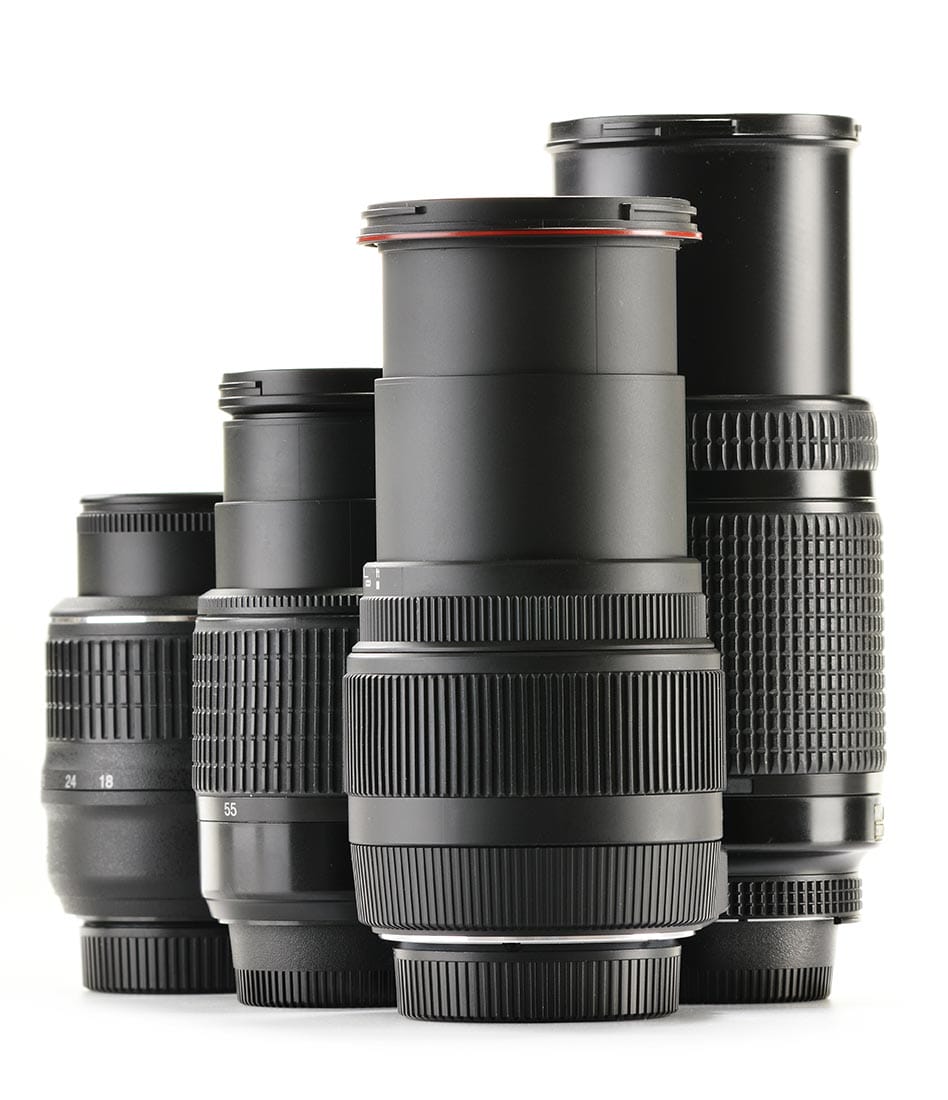
When it comes to photography, choosing the right lens can make all the difference in the world. It’s like selecting the perfect outfit for a special occasion – each lens has its own unique characteristics that can significantly impact the final image.
One of the most critical aspects to understand in this process is the “focal length.” In this guide, I’ll simplify the science behind focal length and give you the lowdown on how to choose the right lens for your photography.
Firstly, let’s start at the beginning and answer the fundamental question: What exactly is focal length? Focal length refers to the distance between the lens and the image sensor or film when the subject is in focus. It’s typically measured in millimetres (mm) and plays a crucial role in determining how your photos turn out.
The focal length of a lens affects two key aspects of your photos: the field of view and the magnification. A shorter focal length (e.g., 18mm) provides a wider field of view, making it ideal for landscapes and group shots.
On the other hand, a longer focal length (e.g., 200mm) narrows the field of view, resulting in magnified images – perfect for capturing distant subjects, like wildlife or sports.
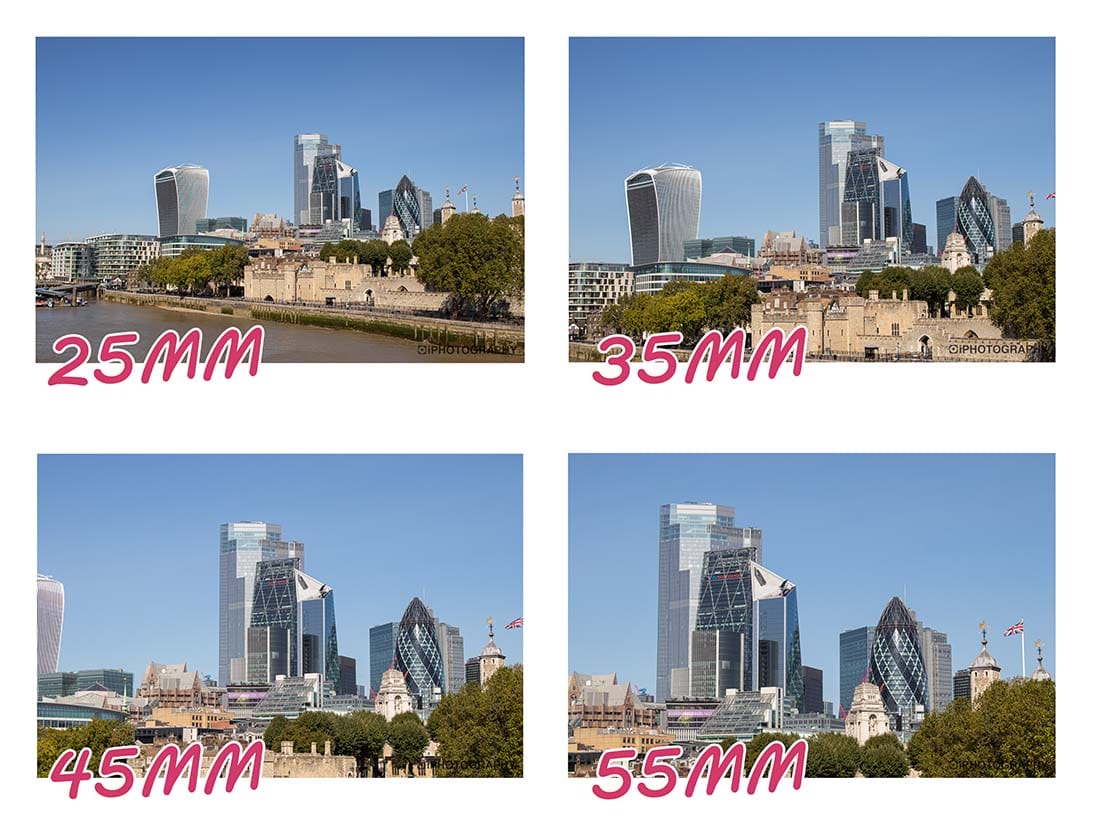
Now that you understand the basics of focal length, it’s time to dive into lens types. There are primarily two types of lenses you’ll encounter: prime and zoom lenses. Each has its own set of advantages and limitations.
Prime lenses have a fixed focal length, meaning they cannot zoom in or out. For example, a 50mm prime lens has a focal length of 50mm. These lenses are known for their sharpness, wide apertures, and excellent low-light performance. They’re a favourite among portrait photographers and those who crave that beautiful background blur, also known as bokeh.
On the other hand, zoom lenses, as the name suggests, allow you to zoom in and out by changing the focal length. You’ll often see zoom lenses with a range, like 18-55mm or 70-200mm. These versatile lenses are perfect for situations where you can’t physically move closer to or farther from your subject. They’re great for travel, events, and everyday photography.

Understanding focal length isn’t just about knowing the numbers; it’s also about grasping the impact it has on the perspective of your photos. Different focal lengths can distort and exaggerate certain elements within the frame, and this can be creatively used to your advantage.
Wide-angle lenses (short focal lengths) like 18mm can exaggerate the foreground and create a sense of depth. This distortion can be fun for capturing quirky perspectives or dramatic landscapes. On the flip side, longer focal lengths like 200mm compress the scene, making objects appear closer together. This effect is perfect for isolating subjects from busy backgrounds.
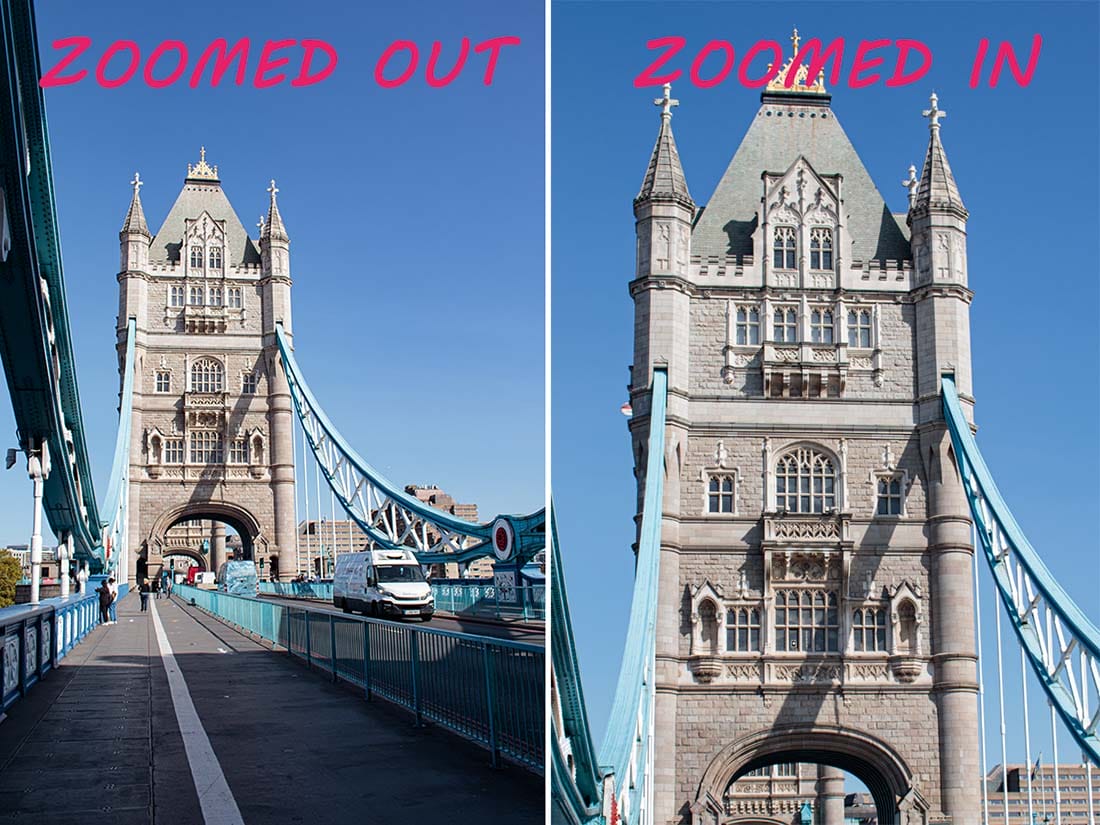
Aperture, the size of the opening in the lens, is closely tied to focal length when it comes to lens selection. Understanding how these two factors interact is essential for choosing the right lens for your desired effect.
Prime lenses often come with wider maximum apertures (e.g., F/1.4 or F/2.8), allowing for more light to enter the camera. This is beneficial for low-light conditions and achieving a shallow depth of field, which gives you that lovely background blur. Zoom lenses, however, may have smaller maximum apertures (e.g., F/3.5-F/5.6), meaning they’re not as effective in low light and might produce less pronounced bokeh.
When selecting a lens, consider how you’ll use it. If you want to shoot in dimly lit environments or create stunning portraits with creamy backgrounds, a prime lens with a wide aperture should be your go-to. But if versatility and zoom capability are your priorities, a zoom lens can be a practical choice.
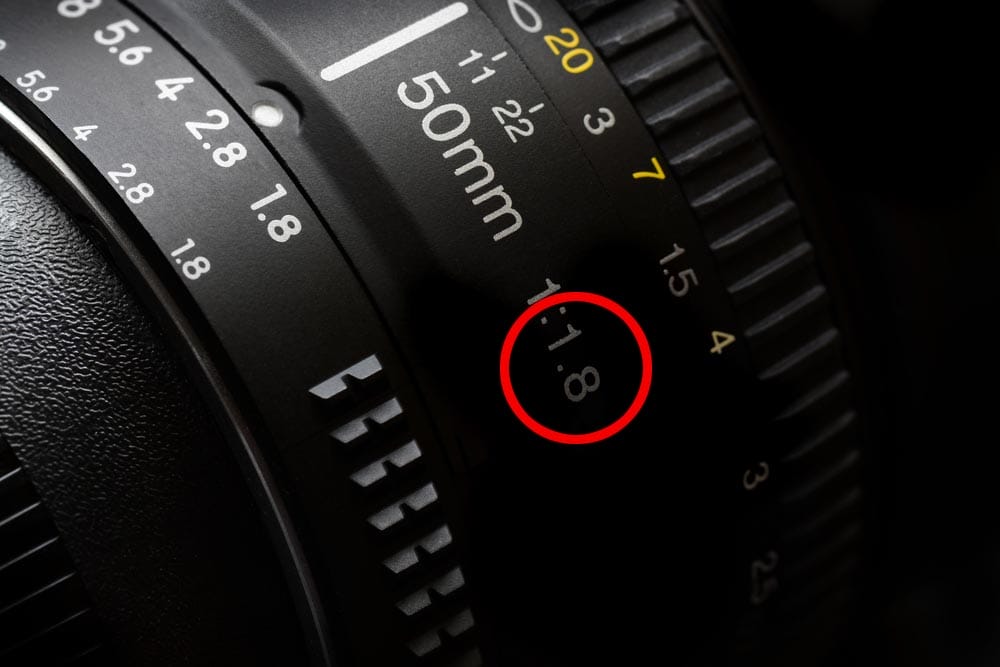
Now that you’ve got a solid grasp of focal length, lens types, and their impact on your photos, it’s time to figure out which lens is right for you. Your choice should be influenced by the type of photography you enjoy most.
If capturing beautiful portraits is your passion, consider investing in a prime lens with a wide aperture, like a 50mm f/1.8. This will give you that dreamy background blur and make your subjects pop.
Wide-angle lenses are your best friends here. Look for focal lengths between 10mm and 35mm to capture sweeping landscapes and epic vistas.
For wildlife subjects that are at a distance, a telephoto zoom lens is essential. A lens with a focal length of 200mm or more will allow you to get up close and personal with the action.
Versatility is key when you’re on the go. A standard zoom lens with a range like 18-55mm or 24-70mm is perfect for capturing a variety of scenes and subjects.
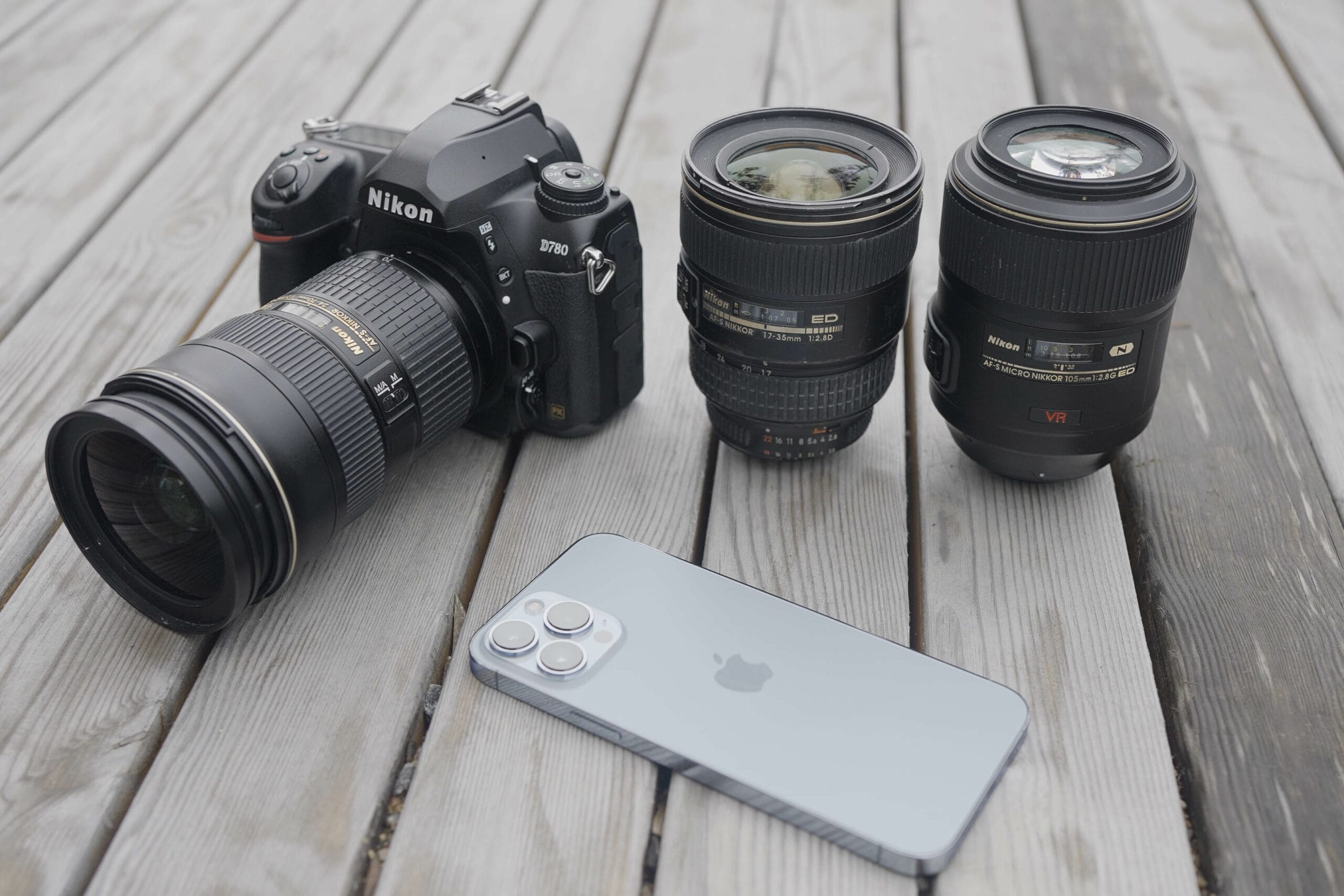
In the world of photography, understanding focal length and choosing the right lens is like having a superpower. It allows you to control the perspective, create unique compositions, and capture stunning images that tell your story.
Remember that the best lens for you ultimately depends on your photography style and preferences. Whether you opt for a prime lens to master portrait photography or a zoom lens for versatility, your choice should align with your creative vision.
Discover TOP features in the Lightroom CC mobile app with this guide for enhancing your photo editing skills. For desktop and tablet too.
Shooting sunsets using amazing 5-in-1 magnetic lens filters from Kentfaith, the 1st choice for photo & video products.
Popular memory cards for photography – what’s the best SD card for your digital camera? Choose the right capacity and class speed in our guide
Learn the basics of photography – fast – with our FREE 60-Second Photographer online course. Each class is short and sharp with simple, actionable steps that give you immediate results.
x 30 lessons

© iPhotography™
Become a confident and competent photographer in less than 30 minutes!
Before you leave, make sure you’ve secured your FREE online photography course (worth £29.99)
Each class is just 60-seconds or less making it the fastest and easiest way to learn photography!